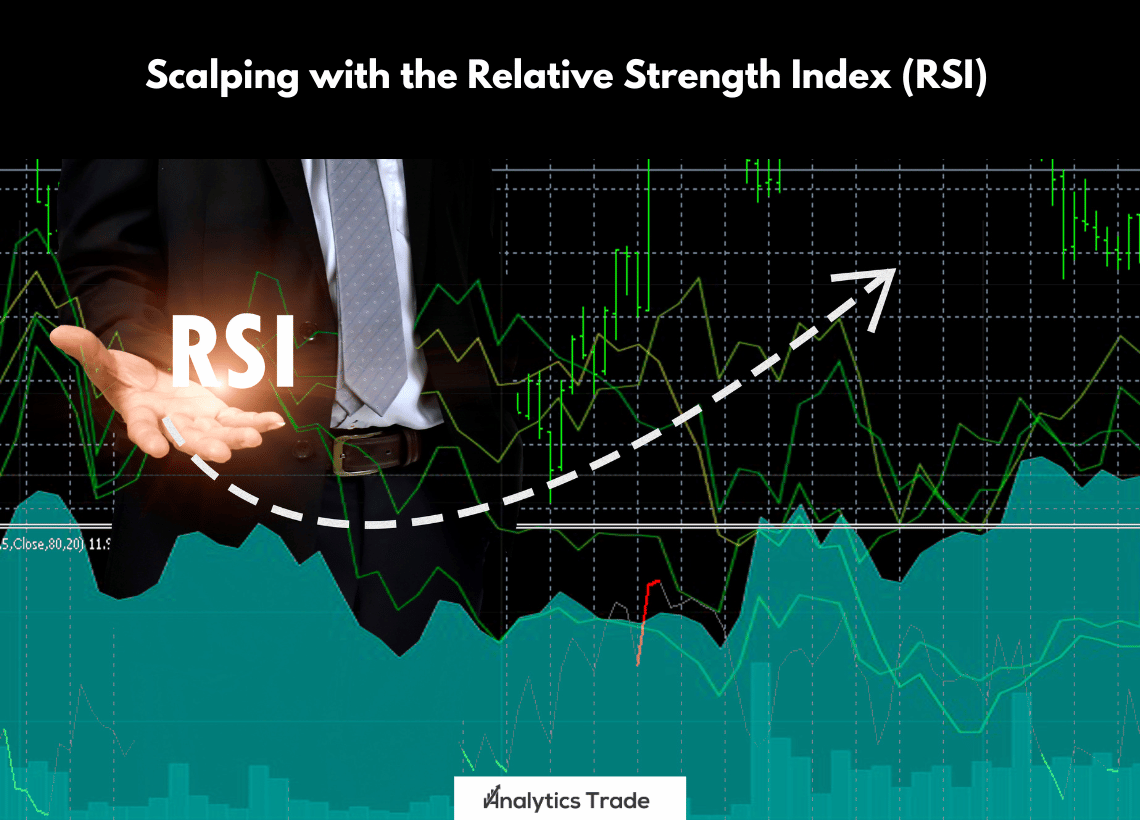What is Scalping?
Scalping is a popular trading strategy used by forex traders. It involves taking small profits from the market on a regular basis. Scalpers look for small price movements in the market and try to capitalize on them. The goal is to take small profits quickly and move on to the next trade. Scalping can be a very profitable trading strategy, but it requires a lot of discipline and patience.
What is the Relative Strength Index (RSI)?
The Relative Strength Index (RSI) is a technical indicator used by traders to identify overbought and oversold conditions in the market. The RSI is calculated by taking the average of the closing prices over a certain period of time. The RSI is then plotted on a chart and used to identify potential trading opportunities.
How to Use the RSI for Scalping
The RSI can be used to identify potential trading opportunities when scalping the markets. Traders can look for overbought and oversold conditions in the market and then enter trades when the RSI moves back into its normal range. Traders can also use the RSI to identify potential support and resistance levels in the market.
1. Identify Overbought and Oversold Conditions
The first step in using the RSI for scalping is to identify overbought and oversold conditions in the market. Traders can look for readings above 70 to indicate an overbought condition and readings below 30 to indicate an oversold condition.
2. Enter Trades When the RSI Moves Back Into Its Normal Range
Once an overbought or oversold condition has been identified, traders can enter trades when the RSI moves back into its normal range. Traders can look for buy signals when the RSI moves back above 30 and sell signals when the RSI moves back below 70.
3. Use the RSI to Identify Potential Support and Resistance Levels
The RSI can also be used to identify potential support and resistance levels in the market. Traders can look for areas where the RSI has previously reversed and use these levels as potential support and resistance levels.
4. Use Stop Losses and Take Profits
When scalping the markets, it is important to use stop losses and take profits. Stop losses should be placed just below support levels and take profits should be placed just above resistance levels. This will help to protect profits and limit losses.
Conclusion
Scalping with the Relative Strength Index (RSI) is a popular trading strategy used by forex traders. The RSI can be used to identify overbought and oversold conditions in the market and to identify potential support and resistance levels. Traders should use stop losses and take profits when scalping the markets to protect profits and limit losses.
Personal Opinion
I have found that scalping with the RSI is a great way to take advantage of small price movements in the market. It requires a lot of discipline and patience, but it can be a very profitable trading strategy. I recommend that traders use the RSI in combination with other technical indicators to identify potential trading opportunities.






Comments